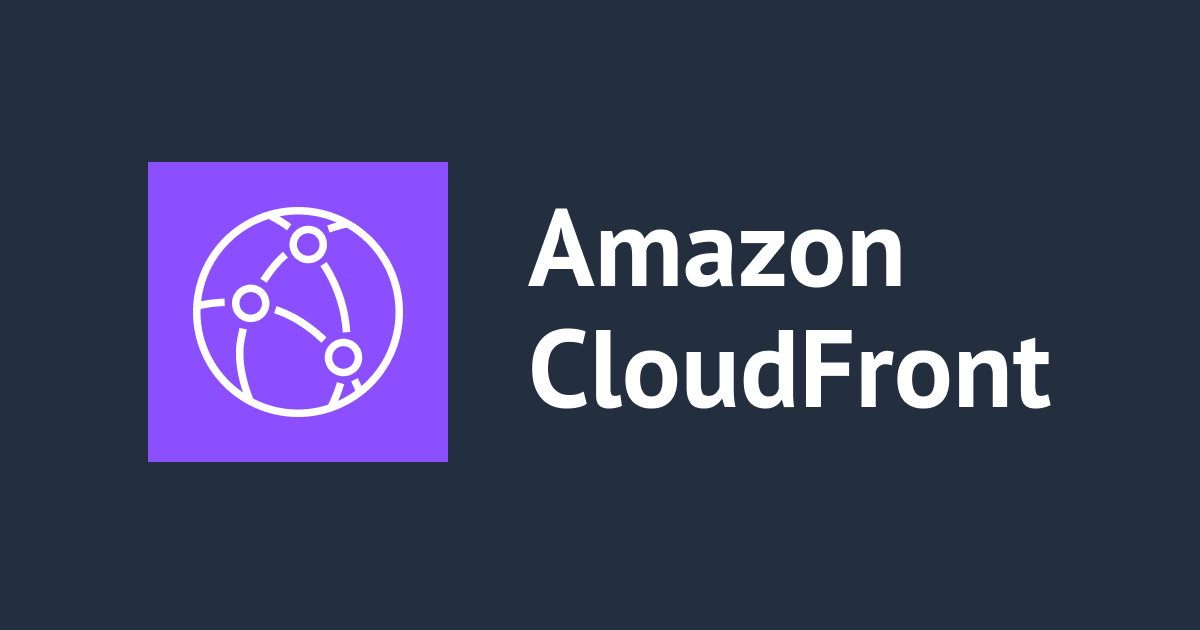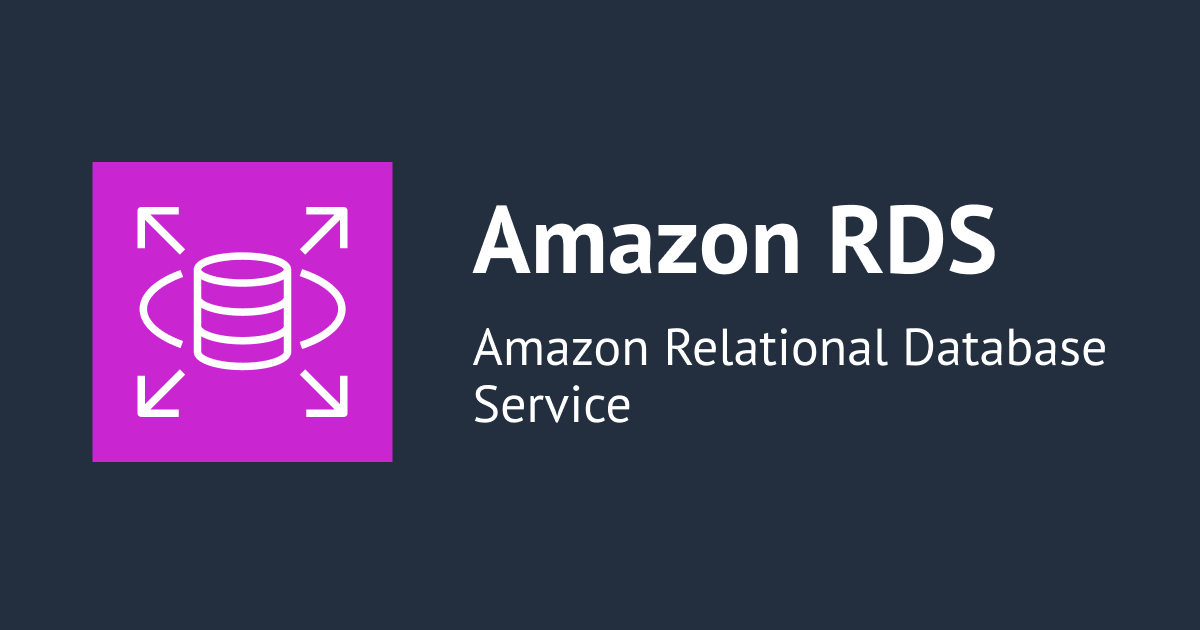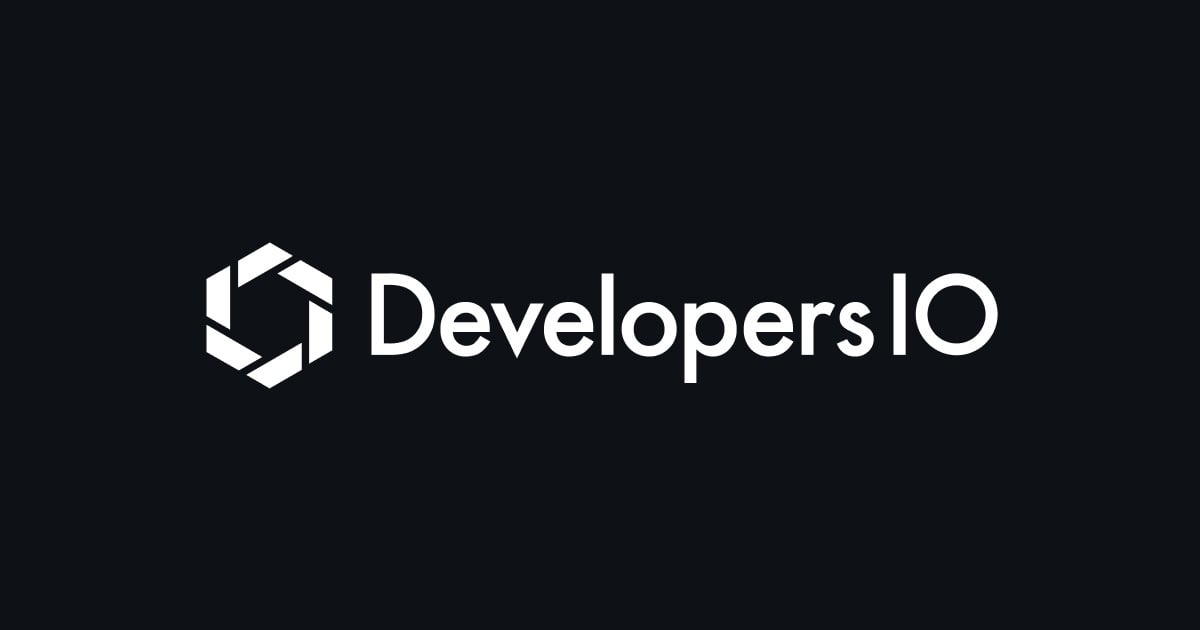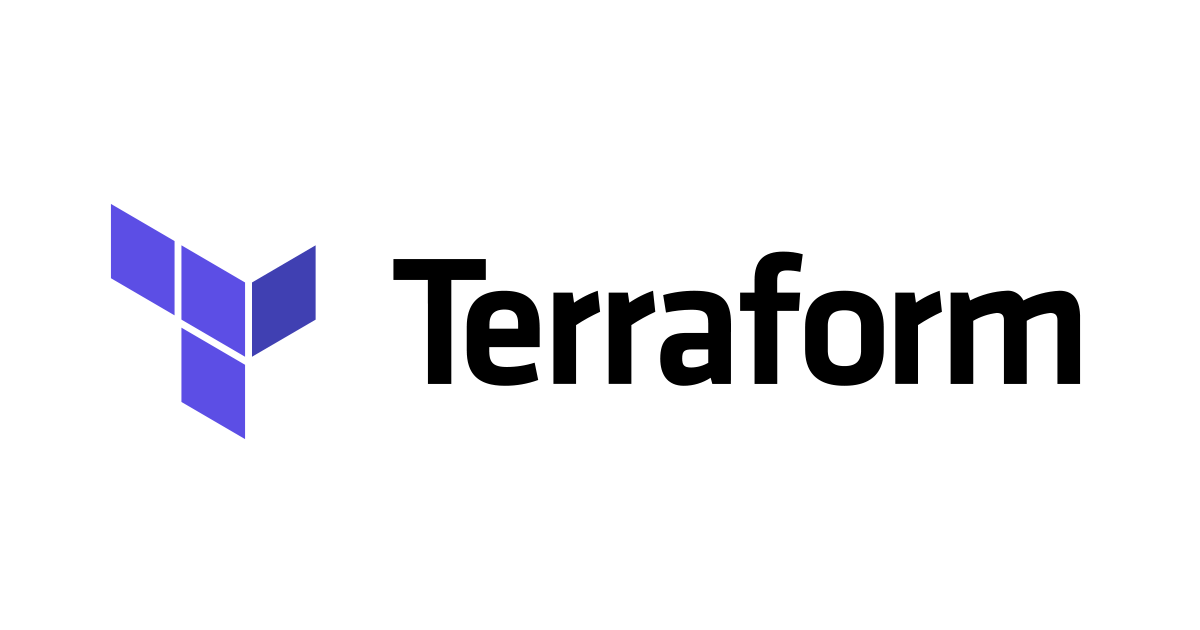
Chalk Talk report on how Petfinder helps people to match and find their pets #reinvent #CPG202
When I was checking the sessions on what I should be attending before re:Invent, I found this topic of interest. It is about "Petfinder" which is an online searchable database for pet adoption. I took part in this Chalk Talk session and this is a report on it.
Outlines
Purina is seeking to create a more meaningful match with pets and their owners, starting from the very beginning of pet ownership. Purina modernized Petfinder and personalized the pet adoption journey to help their customers more easily find their new best friend across 11,000 animal shelters and adoption organizations across North America. Learn how Petfinder uses Amazon Rekognition and Amazon Personalize to help pet lovers search for and find the perfect pet.
Nestlé Purina is bringing forth Petfinder to help pets and their owners meet in a meaningful way.
Petfinder: A service that makes it easy for people to find their new best friend at 11,000 animal shelters and foster care organizations in North America.
Reports
Their agenda is as follows:
Background
Who is Petfinder?
・The No.1 online searchable database of animals who need homes.
・The types of pets you can find are cats, dogs, rabbits, small & furry, horses, birds, Scales, Fins and Barnyard.
・Petfinder supports 11,000 animal shelters and foster care organizations across the US, Canada and Mexico.
What's their mission?
To use internet technology to:
・Increase public awareness of adoptable pets.
・Improve pet adoption programs across North America to eliminate euthanasia.
・Elevate pets to family member status.
Why AWS?
・AWS helps customers like Nestlé innovate and build solutions that deliver business outcomes.
A quick summary of what the speaker was talking about:
・We want every pet in foster care to be shown to everyone through this service.
・If you use the app, you are able to see what’s right for you.
・We want to achieve long-term success so that pets become part of the family.
・There are many different solutions, but a major factor is what kind of technology is used.
Challenges
- Competitive threats building momentum, while Petfinder has limited capability to grow, evolve, or advance
-
Shelter partners need Petfinder more than every with the pandemic and volatile pet inventory
-
Internal focus on showing progress and value to improving pet and people relationships
A quick summary of what the speaker was talking about:
・Petfinder's market share has grown over the past few years, there has been a 50% increase in foster pet information since last year.
・This is largely due to the efforts of Nestlé Purina.
・Due to Covid an Increase number of people got pets from pet stores and there was a huge decrease in inventory, however the demand for pets hugely increased with numbers not seen before.
・However suddenly kittens were being sent to animal shelters more often than not.
・Our responsibility is to help and provide what animal shelters need in real time for getting pets out of animal shelters.
Strategic vision "new business model"
The company is building a new business model by building use cases that match pets with foster parents and using the data as a competitive advantage.
Design tenets
・Leverage AWS solutions as much as possible
・Decoupled services
・Independently deployable solutions
・Maximum reusability for products
A quick summary of what the speaker was talking about:
・We intend to utilize AWS solutions whenever possible.
・This will ensure consistency across platforms.
・Ensure independently deployable solutions, by implementing service optimization and maximizing reusability.
・Animal data, tissue data, and user data are used as common information.
・↑They support all of our products.
Use case
- As an adopter, I want a better, faster match with available pets based on my explicit preferences, product behavior, and Petfinder matching expertise
-
As a shelter, I want to proactively qualify, segment, and manage potential adopters based on my individual's adopter criteria, policies, and pet needs
-
As a shelter, I want the pet profile creation to be enabled by intelligent technology that can help me create complete and accurate pet profiles
A quick summary of what the speaker was talking about:
・Previously, there was only a static filter by simply filtering information to display results.
・Currently, working with AWS and Google to analyze consumer behavior in a more meaningful and a more predictive match system that can generate results.
・From the animal shelter's perspective, they want to proactively certify and manage prospective foster parents based on their pet adoption policy. Some places have really strict criteria for becoming a foster parent.
Solution
Solution components for personalization
[Data ingestion]
- Data is generated from the clients directly through an HTTP API endpoint provided to the client
-
The events (interactions data) sent directly to Kinesis Data Streams from which a Lambda consumer function is triggered and calls the personalize put-events API to put the events to Amazon Personalize event tracker
-
When new pet groups are discovered, another HTTP API endpoint is called by the client that will add the items to Amazon Personalize event tracker
-
When new users are added, another HTTP API endpoint is called by the client that will add the users to Amazon Personalize event tracker and additionally fire off a state machine to retrain the solution
- The addition of new users to the personalized data group set would trigger a new model training process. This process would be managed through AWS Step Functions. A CloudWatch Events event is set up on the request count on the ingestion users API which triggers the execution of this state machine
-
Addition of new item groups to personalize event trackers would automatically trigger an internal training every two hours
A quick summary of what the speaker was talking about:
・Initially, two different options were considered.
・Both have similar designs, but one has batch processing.
-> Take interactions in the Petfinder application, and then match those up and refresh every 24 hours.
・However, when user cases was considered, it needed a much faster matching system as we were concerned that a batch processing system might miss out on something.
・Therefore we decided to use Kinesis. It calls the Lambda function to generate a personalization option.
・This means we can provide services in real time.
Outcomes
WHAT WE LEARNED
・If at least one "good with" attribute is complete, pets are adopted ~12.5 days quicker.
・Over 60% of shelters complete pet profiles, but are not comfortable filling in "good with" fields.
・Most Petfinder pets are mixed-breed adult dogs; shelters struggle to identify the breed, size, and age correctly.
・Shelters have limited resources and often can't even complete one pet listing in the time they have.
WHAT'S NEXT
Design and build an AI/ML architecture that will enable more intelligent products and applications while creating limited technical dependencies.
・Optimized profiles using image recognition to identify breed attributes.
・Provide reporting and data incentives for shelters to understand adopter behavior.
・Better fast match through machine learning.
They discussed a long-term vision for the future and current initiatives - Nestlé and AWS are currently developing an SSO solution built around Amazon Cognito using service-based architecture.
Whiteboard/discussion
The whiteboard describes Petfinder's Purina ecosystem.
Three things in the data strategy
- Unify
To collect data in one place and to secure use, to manage and control it. -
Innovates
To ensure that data is in the correct state and to use it correctly. -
Modernize
To use AI/ML events by performing personalized analysis.
Question
In the Chalk talk session, attendees had a chance to ask questions to the speaker. It was a great opportunity and I asked some questions that I was curious about in some points of the presentation.
Q. As you mentioned in the presentation, it is a long journey after adopting a pet. If a pet is returned to the shelter, what happens in that case? Is it the shelter's responsibility to care for the pet? How would the shelter deal with those kind of situations?
A. It is not only the shelter's responsibility. Petfinder also has a solution. (I was not able to discuss the solution in detail.) It is possible to re-match a returned pet, but that pet's information doesn't show on the web site, only on the app.
Q. How do you get animal shelters to sign up for your service? How do you usually encourage them to sign up for Petfinder?
A. It is optional. Animal shelters decide whether to register or not.
Conclusion
This is my first experience attending a Chalk Talk session. Before attending this session, I thought we would have a lot of discussion in Chalk Talk, however this time was mainly a presentation. It was very interesting to learn about the details of the service and the architecture of what I'm interested in, which is "matching foster parents with pets".
As an aside, the speaker said "I wanted to use the words Machine learning and AI in the title of Chalk Talk, but I can't do it yet." I didn't understand what he meant at that time, but I realized later in his explanation that the service hasn't incorporated ML/AI to the architecture, and ML/AI is the next challenge for them. When it was clear for me, I was extremely impressed because Petfinder will be evolving into a much easier, accurate and useful service for matching and meeting foster parents with pets. It was very meaningful to attend such a great session.




















